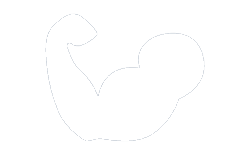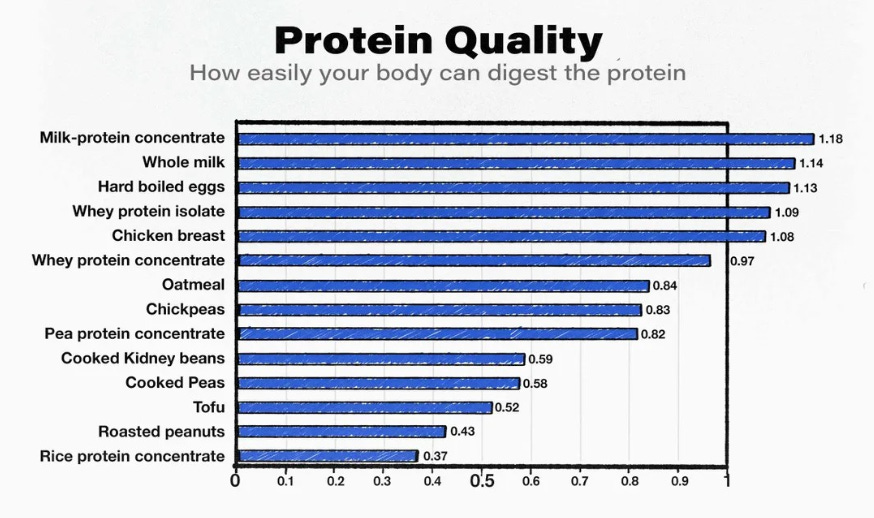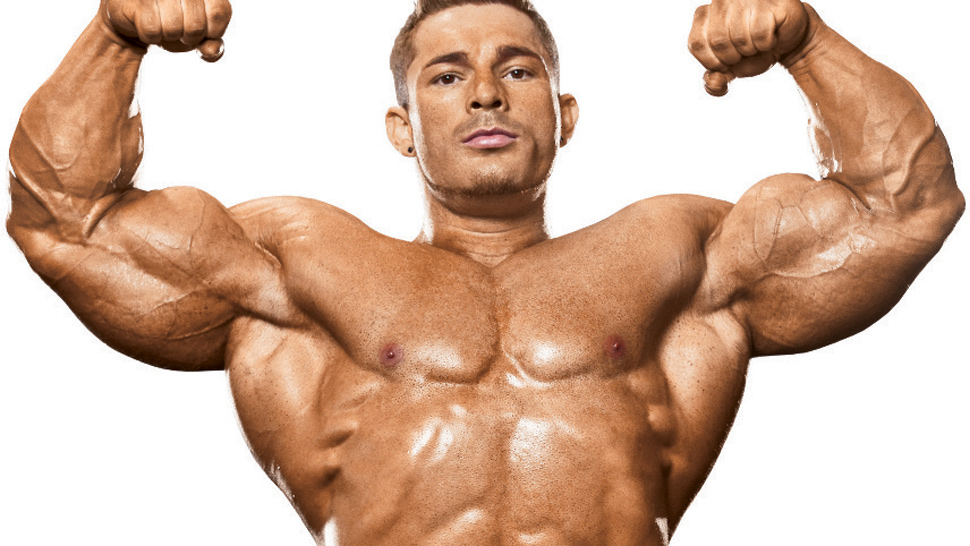· workouts · 11 min read
Split Squat V.S. Bulgarian Split Squat: Which Is Better?
When it comes to lower body workouts, split squats and Bulgarian split squats are two popular exercises ... understanding the differences and benefits of each exercise can help you make an informed decision about which is best for you.
When it comes to lower body workouts, split squats and Bulgarian split squats are two popular exercises that often find their way into strength training routines. Both exercises offer unique benefits for building strength, improving balance, and targeting specific muscle groups. Understanding the differences and benefits of each exercise can help you make an informed decision about which one may be best suited for your fitness goals.
In this comprehensive guide, we’ll delve into the details of split squats and Bulgarian split squats, including how to perform each exercise, the muscles they target, their differences, and their potential impact on muscle building, balance, stability, and weight loss. Whether you’re looking to enhance your lower body strength, improve balance and stability, or maximize calorie burn, this article will provide you with the insights you need to choose the right exercise for your fitness journey.
What Are Split Squats and Bulgarian Split Squats?
Split squats and Bulgarian split squats are two popular lower body exercises that are often compared for their effectiveness in building lower body strength and muscle.
Both exercises primarily target the quadriceps, hamstrings, glutes, and calves, making them ideal for improving lower body stability and balance.
Split squats involve standing in a staggered stance and lowering the back knee towards the ground, while Bulgarian split squats require elevating the rear foot on a bench or platform. Variations such as adding weight with dumbbells or a barbell can increase the challenge.
These exercises are beneficial for developing unilateral leg strength and are often used in rehabilitation programs to address muscle imbalances and improve overall athletic performance.
How to Perform a Split Squat?
Executing a split squat involves a specific technique that engages the lower body muscles and challenges balance and stability, making it a valuable addition to any lower body workout routine.
How to Perform a Bulgarian Split Squat?
Mastering the Bulgarian split squat requires precise form and stability, utilizing bodyweight or additional weights to intensify the exercise and target the lower body muscles effectively.
What Muscles Do Split Squats and Bulgarian Split Squats Target?
Split squats and Bulgarian split squats effectively target and activate the quadriceps, glutes, and hamstrings, engaging these key lower body muscles for strength and development.
These exercises are crucial for building overall lower body strength and stability. The quadriceps, situated at the front of the thighs, are specifically targeted during the movement. The glutes play an important role in hip extension, and hamstring activation aids in knee flexion.
Variations such as elevated split squats and deficit Bulgarian split squats can shift the emphasis to different muscle groups, providing a comprehensive lower body workout.
Quadriceps
Both split squats and Bulgarian split squats effectively activate and strengthen the quadriceps, contributing to improved lower body strength and muscle development.
These exercises specifically target the vastus medialis, vastus lateralis, and rectus femoris, promoting balanced development across the quadriceps group. The activation of these muscles not only increases strength but also aids in stability and injury prevention.
The versatility of these exercises allows for variations in intensity and range of motion, making them essential for individuals looking to enhance quadriceps strength and overall lower body function.
Glutes
The glutes are extensively engaged and activated during both split squats and Bulgarian split squats, promoting muscular development and lower body strength.
Engaging the glute muscles in these exercises is crucial for achieving optimal lower body strength and stability. As the primary movers in many lower body movements, strong glutes not only enhance athletic performance but also contribute to overall functional strength.
The activation of the glutes during split squats and Bulgarian split squats also helps in improving posture and reducing the risk of injury, making them essential exercises for a well-rounded lower body workout regimen.
Hamstrings
Both split squats and Bulgarian split squats effectively activate and strengthen the hamstrings, contributing to overall lower body muscle balance and strength.
This targeted activation of the hamstrings during these exercises helps in improving knee stability and reducing the risk of injury, making them essential additions to lower body training programs.
The engagement of the hamstrings in split squats and Bulgarian split squats complements the development of quadriceps and glutes, leading to comprehensive lower body strength and functional movement patterns.
Calves
The calves experience moderate activation during split squats and Bulgarian split squats, providing additional benefits for lower body muscle development and conditioning.
This is particularly beneficial for individuals looking to strengthen the muscles in their lower body, as the calf muscles play an integral role in stability and mobility. The activation of the calves during these exercises also contributes to improving ankle strength and flexibility, which are essential for overall lower body function.
Incorporating split squats and Bulgarian split squats into a workout routine can help individuals achieve a well-rounded lower body workout, targeting multiple muscle groups simultaneously.
What Are the Differences Between Split Squats and Bulgarian Split Squats?
While split squats and Bulgarian split squats share similarities in targeting lower body muscles, they differ in terms of foot placement, range of motion, balance, and muscle activation, impacting their performance and effectiveness in strength training and fitness programs.
Split squats require the rear foot to be elevated, focusing on the front leg’s strength and stability, while Bulgarian split squats involve the rear foot resting on an elevated platform, allowing for greater depth and emphasizing the hip flexors and glutes.
The increased range of motion in Bulgarian split squats challenges the stabilizing muscles more intensely, contributing to overall balance and stability during movements. Both exercises engage the quadriceps, hamstrings, and glutes, but the variations in foot position and muscle activation provide unique benefits for comprehensive lower body development in training programs.
Foot Placement
The primary difference between split squats and Bulgarian split squats lies in foot placement, influencing the muscle engagement and overall performance of each exercise.
In split squats, the rear foot is positioned on an elevated surface, emphasizing the quadriceps and glutes, while the Bulgarian variation involves the rear foot placed on the ground, activating the hamstrings and glutes more intensely. This variation in foot placement alters the distribution of weight and the angle of the knee, resulting in distinct muscle activation and engagement. Understanding the significance of foot placement in these exercises is crucial for maximizing their benefits and achieving effective lower body strength and stability.
Range of Motion
The range of motion differs between split squats and Bulgarian split squats, affecting the depth and intensity of the exercise, thereby influencing their respective performance and effectiveness.
While split squats involve a vertical up-and-down motion, Bulgarian split squats entail a longer stride, offering a deeper stretch and activation of the hip flexors and glutes. The increased range of motion in Bulgarian split squats engages the muscles through a larger movement pattern, enhancing muscle recruitment and overall intensity.
On the other hand, split squats with a limited range of motion may target specific muscles more intensely. Understanding these variations can help individuals tailor their workouts to achieve specific training objectives.
Balance and Stability
Balance and stability requirements differ between split squats and Bulgarian split squats, impacting their effectiveness in lower body training and overall stability development.
While split squats primarily challenge the balance of the individual leg performing the movement, Bulgarian split squats demand more core stability and coordination due to the elevated rear foot. This distinction significantly influences the engagement of stabilizing muscles and proprioception, ultimately affecting the overall lower body stability and training effectiveness.
Understanding these contrasting demands allows for tailored integration of both variations in a well-rounded lower body training regimen.
Muscle Activation
The muscle activation patterns differ between split squats and Bulgarian split squats, influencing the specific engagement of the glutes, quadriceps, and hamstrings during each exercise.
In split squats, the forward-backward movement engages the quadriceps more, while the stabilizing function of the back leg increases glute activation. On the other hand, Bulgarian split squats, with the rear foot elevated, accentuate the demand on the quadriceps and glutes for stability and control. Both exercises challenge the hamstrings during the descent and ascent phases, contributing to balanced muscle development in the lower body.
Understanding these distinctions can help individuals tailor their training to target specific muscle groups more effectively.
Which Is Better for Building Muscle: Split Squats or Bulgarian Split Squats?
Both split squats and Bulgarian split squats are effective for building lower body muscle strength and can be progressively intensified to enhance muscle activation, making them valuable choices for strength training and muscle development.
While both exercises primarily target the quadriceps, hamstrings, and glutes, Bulgarian split squats offer the added benefit of increased stabilization and balance due to the rear foot elevated position. The elevated position in Bulgarian split squats allows for a greater range of motion, leading to enhanced stretch and muscle recruitment in the targeted muscles.
Both exercises can be modified by adding weights or incorporating jump variations to further increase intensity and stimulate muscle growth.
Which Is Better for Improving Balance and Stability: Split Squats or Bulgarian Split Squats?
Both split squats and Bulgarian split squats offer unique challenges that contribute to improved balance and stability, with variations in body position and technique influencing their impact on overall stability development.
These exercises engage multiple muscle groups, requiring stabilization through the lower body, core, and upper body. The split squat involves maintaining balance while moving up and down, focusing on a unilateral movement. On the other hand, the Bulgarian split squat introduces an added element of instability due to the elevated rear foot, demanding even more stability and control. Proper form is crucial to prevent potential mistakes, such as leaning too far forward or allowing the knee to extend beyond the toes.
By incorporating these exercises into a workout routine, individuals can enhance their stability and balance while also developing strength and coordination.
Which Is Better for Weight Loss: Split Squats or Bulgarian Split Squats?
Both split squats and Bulgarian split squats contribute to weight loss and fitness through their engagement of lower body muscles and integration into workout routines, with subtle differences in their impact on calorie expenditure and overall muscle activation.
Split squats primarily engage the quadriceps, glutes, and hamstrings, promoting muscle activation and enhancing metabolic rate. On the other hand, Bulgarian split squats place more emphasis on balance and stability, targeting similar muscle groups while also recruiting the core for greater bodyweight engagement. These variations in muscle recruitment can lead to a more comprehensive lower body workout, making both exercises valuable additions for individuals seeking to improve their overall fitness and achieve weight loss goals.
Frequently Asked Questions
What is the difference between a split squat and a Bulgarian split squat?
A split squat is a unilateral squat exercise where one leg is in front of the body and the other is behind. In a Bulgarian split squat, the back foot is elevated on a bench or box, adding an additional challenge to the exercise.
Which muscles are targeted in a split squat vs a Bulgarian split squat?
A split squat primarily targets the quadriceps, glutes, and hamstrings. A Bulgarian split squat also targets these muscles, but with the back foot elevated, it places more emphasis on the glute muscles.
Are there any differences in technique between a split squat and a Bulgarian split squat?
Both exercises have similar techniques, such as keeping the chest upright and lowering the body until the front thigh is parallel to the ground. However, in a Bulgarian split squat, it’s important to keep the back foot stable and avoid letting the knee cave in towards the midline of the body.
Which exercise is better for building leg strength, a split squat or a Bulgarian split squat?
Both exercises can help build leg strength, but the Bulgarian split squat may be more effective due to the added challenge of balancing on one leg and elevating the back foot.
Can I use the same amount of weight for a split squat and a Bulgarian split squat?
It’s possible to use the same weight for both exercises, but many people find that they need to use less weight for a Bulgarian split squat due to the increased difficulty.
Can I perform a split squat and a Bulgarian split squat in the same workout?
Yes, you can incorporate both exercises into your workout routine. However, it’s important to make sure you have proper form and take breaks between sets to avoid overworking your legs.






